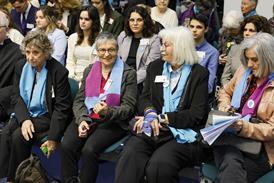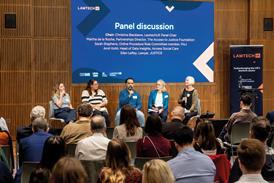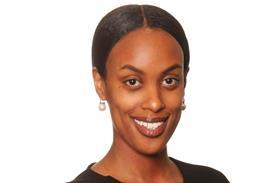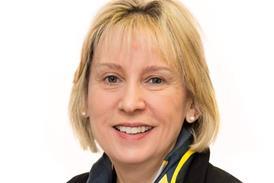The senior judiciary has expressed anxiety about efforts to recruit solicitors to the bench after figures showed the proportions are going backwards.
Judicial diversity statistics for 2017, published today, show the percentage of judges in courts with a non-barrister background fell from 37% to 34% since 2014. The proportion of judges with a non-barrister background in the tribunals has decreased from 67% to 66% between 2015 and 2017.
In his introduction to this year’s snapshot, lord chief justice Lord Thomas of Cwmgiedd, said senior judges remained ‘very concerned’ about the downward trend of new non-barrister judges, despite the dedicated work undertaken by the judicial diversity committee.
Thomas said events run with professional bodies may take time to bear fruit, but these recruitment efforts may 'sow the seed' for people to apply for the judiciary in future.
He added: 'Since 2015, we have run increasingly popular application workshops aimed at under-represented groups. These form part of a positive action programme which is intended to help candidates make stronger applications; but once they have completed the programme, they are expected to compete on merit with the other applicants.'
'To attract more solicitors and legal academics to the senior judiciary, we have extended the eligibility of the High Court programme this year to those without litigation experience.'
Aside from professional backgrounds, there is also concern at the slow recruitment of BAME judges. Since 2014 the percentage of BAME judges has increased from 6% to 7%. In tribunals the proportion of BAME judges increased from 9% to 10%.
In the period from 1 April 2014 to 1 April 2017, the percentage of female judges has increased from 18% to 24% in the Court of Appeal; 18% to 22% in the High Court and 24% to 28% in the courts judiciary.
There has been a continuing reduction in the number of overall magistrates, reducing from 25,104 as at 1 April 2012 to 16,129 as at 1 April 2017, a 36% reduction across the period.
























14 Readers' comments